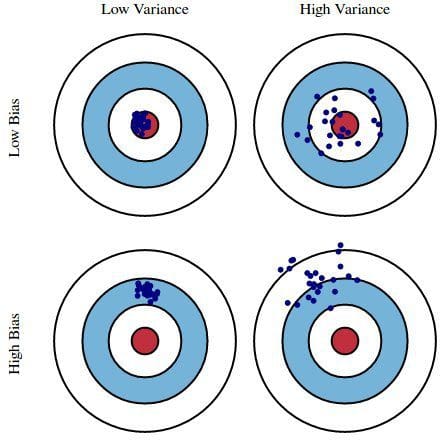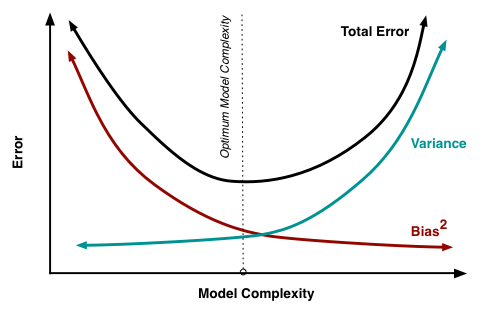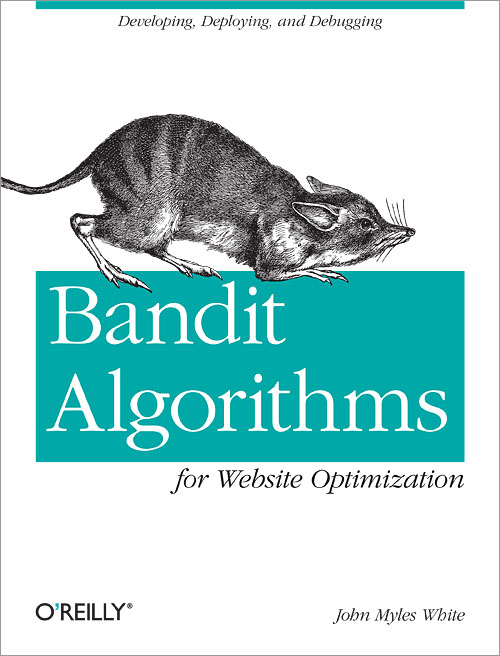Two Years of Bayesian Bandits for E-Commerce¶

NYC College of Technology • April, 18 2019 • @AustinRochford¶
About Me¶
 |
 |
Chief Data Scientist, Monetate¶
@AustinRochford • austinrochford.com • github.com/AustinRochford¶
arochford@monetate.com • austin.rochford@gmail.com¶
About Monetate¶

- Founded 2008, web optimization and personalization SaaS
- Observed 5B impressions and $4.1B in revenue during Cyber Week 2017
Non-technical marketer-focused¶
About this talk¶
Outline¶
- Web optimization
- A/B testing
- Multi-armed bandits
- Bayesian bandits
- Thompson sampling
- Bandit bias
- Inverse propensity weighting
A/B testing machinery¶

|

|
Sequential testing¶

|

|
Sequential optimization¶

Multi-armed bandits¶

Multi-armed bandit systems¶
Bayesian Bandits¶
Beta-binomial model¶
$$ \begin{align*} x_A, x_B & = \textrm{number of rewards from users shown variant } A, B \\ x_A & \sim \textrm{Binomial}(n_A, r_A) \\ x_B & \sim \textrm{Binomial}(n_B, r_B) \\ r_A, r_B & \sim \textrm{Beta}(1, 1) \end{align*} $$
$$ \begin{align*} r_A\ |\ n_A, x_A & \sim \textrm{Beta}(x_A + 1, n_A - x_A + 1) \\ r_B\ |\ n_B, x_B & \sim \textrm{Beta}(x_B + 1, n_B - x_B + 1) \end{align*} $$
Thompson sampling¶
Thompson sampling randomizes user/variant assignment according to the probabilty that each variant maximizes the posterior expected reward.
The probability that a user is assigned variant A is
$$ \begin{align*} P(r_A > r_B\ |\ \mathcal{D}) & = \int_0^1 P(r_A > r\ |\ \mathcal{D})\ \pi_B(r\ |\ \mathcal{D})\ dr \\ & = \int_0^1 \left(\int_r^1 \pi_A(s\ |\ \mathcal{D})\ ds\right)\ \pi_B(r\ |\ \mathcal{D})\ dr \\ & \propto \int_0^1 \left(\int_r^1 s^{\alpha_A - 1} (1 - s)^{\beta_A - 1}\ ds\right) r^{\alpha_B - 1} (1 - r)^{\beta_B - 1}\ dr \end{align*} $$
Monte Carlo Methods¶
N = 5000
x, y = np.random.uniform(0, 1, size=(2, N))
fig
in_circle = x**2 + y**2 <= 1
fig
4 * in_circle.mean()
3.1743999999999999
fig
%%time
N_SAMPLES = 10000
a_samples = a_post.rvs(size=N_SAMPLES)
b_samples = b_post.rvs(size=N_SAMPLES)
CPU times: user 0 ns, sys: 10 ms, total: 10 ms Wall time: 9.12 ms
fig
(a_samples > b_samples).mean()
0.2457
Thompson sampling, redeemed¶
- Sample $\hat{r}_A \sim r_A\ |\ n_A, x_A$ and $\hat{r}_B \sim r_B\ |\ n_B, x_B$.
- Assign the user variant A if $\hat{r}_A > \hat{r}_B$, otherwise assign them variant B.
Simulating a bandit¶
class BetaBinomial:
def __init__(self, a0=1., b0=1.):
self.a = a0
self.b = b0
def sample(self):
return sp.stats.beta.rvs(self.a, self.b)
def update(self, n, x):
self.a += x
self.b += n - x
class Bandit:
def __init__(self, a_post, b_post):
self.a_post = a_post
self.b_post = b_post
def assign(self):
return 1 * (self.a_post.sample() < self.b_post.sample())
def update(self, arm, reward):
arm_post = self.a_post if arm == 0 else self.b_post
arm_post.update(1, reward)
A_RATE, B_RATE = 0.05, 0.1
N = 1000
rewards_gen = generate_rewards(A_RATE, B_RATE, N)
bandit = Bandit(BetaBinomial(), BetaBinomial())
arms = np.empty(N, dtype=np.int64)
rewards = np.empty(N)
for t, arm_rewards in tqdm(enumerate(rewards_gen), total=N):
arms[t] = bandit.assign()
rewards[t] = arm_rewards[arms[t]]
bandit.update(arms[t], rewards[t])
100%|██████████| 1000/1000 [00:00<00:00, 4504.52it/s]
fig
Simulating many bandits¶
N_BANDIT = 100
arms = np.empty((N_BANDIT, N), dtype=np.int64)
rewards = np.empty((N_BANDIT, N))
for i in trange(N_BANDIT):
arms[i], rewards[i] = simulate_bandit(
generate_rewards(A_RATE, B_RATE, N), N
)
100%|██████████| 100/100 [00:13<00:00, 7.93it/s]
fig
A/A testing¶

A/A bandits¶
N = 2000
arms, rewards = simulate_bandits(
lambda: generate_rewards(A_RATE, A_RATE, N),
N, N_BANDIT
)
100%|██████████| 100/100 [00:26<00:00, 4.76it/s]
fig
fig
Why Bayesian?¶
- Thompson sampling is intuitive and simple to implement
- Principled randomization
- Robustness against delayed feedback
- Marketers are natural Bayesians!
Bandit Bias¶

fig
fig
fig

Inverse propensity weighting¶
$$ \hat{r}^{\textrm{IPS}}_A = \frac{1}{n} \sum_{t = 1}^n \frac{Y_i \cdot \mathbb{I}(A_t = 1)}{P(A_t = 1\ |\ \mathcal{D}_{1, t - 1})} $$
where
$$ A_t = \begin{cases} 1 & \textrm{session } t \textrm{ saw variant A} \\ 0 & \textrm{session } t \textrm{ saw variant B} \end{cases}. $$
Calculating $P(A_t = 1\ |\ \mathcal{D}_{1, t - 1})$
ts_fig
%%time
N_MC = 500
a_samples = sp.stats.beta.rvs(
a_post_alpha[..., np.newaxis],
a_post_beta[..., np.newaxis],
size=(N_BANDIT, N, N_MC)
)
b_samples = sp.stats.beta.rvs(
b_post_alpha[..., np.newaxis],
b_post_beta[..., np.newaxis],
size=(N_BANDIT, N, N_MC)
)
a_prob = np.empty((N_BANDIT, N))
a_prob[:, 0] = 0.5
a_prob[:, 1:] = (a_samples > b_samples).mean(axis=2)[:, :-1]
CPU times: user 14.6 s, sys: 5.24 s, total: 19.8 s Wall time: 19.9 s
a_ips_est = 1. / plot_t * (rewards * (arms == 0) / a_prob_).cumsum(axis=1)
b_ips_est = 1. / plot_t * (rewards * (arms == 1) / (1 - a_prob_)).cumsum(axis=1)
fig
Bias-variance tradeoff¶

fig
Intuition: the variant with the highest reward rate should receive the most traffic.
fig
Learn more¶



